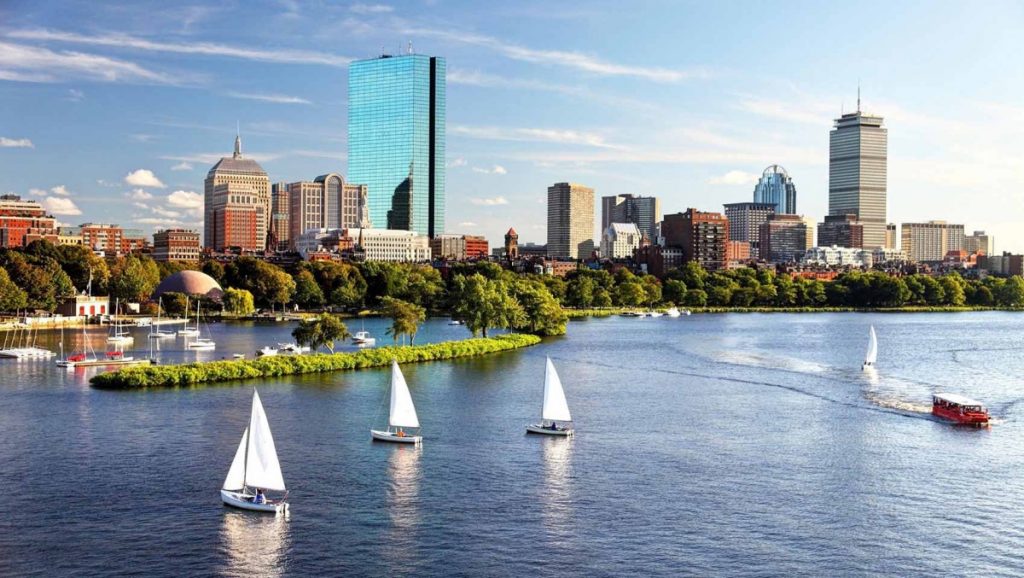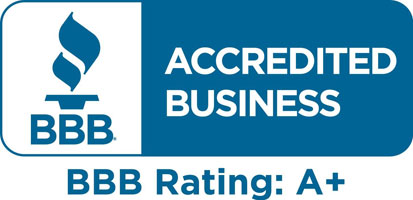Moving to Boston has long been synonymous with a new beginning in the New World. Of course, the reasons for moving have changed, but for many expats, their impending move to Boston still marks the beginning of a new life.
Even if you only have a general idea of US American history, Boston’s significance during the formative years of the USA is unlikely to have escaped your attention. New England’s largest city — and one of the oldest in the entire country — played a pivotal role in many events leading up to the independence from Britain.
Boston’s Historical Past
Of course, the local residents of Boston proudly preserve and display this heritage. History buffs moving to Boston are bound to have a blast exploring the city and its past! Since its founding, a steady stream of people moving to Boston, enticed by the promises of the New World, caused the city to experience significant growth throughout the 1800s.
The two biggest and most influential groups who started settling in Boston in large numbers were Italian and Irish immigrants in the first half of the 19th century. The influence of both these groups is still very tangible today. The Italian and Irish communities settled down in North End and South Boston, respectively. The residents of these neighborhoods still value their home country’s traditions, which is why e.g. South Boston is home to the St. Patrick’s Day Parade.
The City of Neighborhoods
When moving to Boston, you have the choice among a multitude of neighborhoods catering to different tastes. Each of these 23 boroughs has its own distinctive atmosphere and demographic profile, earning Boston the nickname “City of Neighborhoods”. Owing to this great variety, there is no single neighborhood that expats moving to Boston prefer. Nonetheless, below you’ll find a short overview of some of Boston’s vibrant neighborhoods which might make your decision a little easier.
Dorchester: Dorchester is the largest and also the most diverse neighborhood in Boston. Residents from Vietnam, Ireland, Cape Verde, and many other countries live together and make the neighborhood one of the most vibrant in the city. The Franklin Park located here offers walking and biking parks as well as numerous picnic areas.
Beacon Hill: This neighborhood is one of the oldest in Boston. Its architecture is reminiscent of the old colonial times with brick houses and ornate doors. Its location on top of the hill and its historic landmarks makes it one of the most expensive neighborhoods in Boston.
South End: With its proximity to Downtown and the Back Bay, the South End has become one of the most desirable neighborhoods. It is especially popular with young professionals and the gay community. Nonetheless, due to relatively affordable housing and its over 30 parks, more and more families have started to settle in South End.
West Roxbury: Tree-lined streets and single family houses give West Roxbury a suburban feel. The neighborhood is especially desired amongst families because of its youth programs and because you can get to Downtown in 30 minutes and still have a front yard.
Jamaica Plain: “JP”, as locals call it, is one of the most dynamic neighborhoods in Boston. The ethnic diversity, the green spaces and the good connection to Downtown are some of the many reasons why young professionals and families alike love the area.
If you want to know more about one of Boston’s neighborhoods, the homepage of the City Administration offers a detailed breakdown of all 23 of them.
Skyrocketing Rental Prices
Much to the dismay of anyone interested in moving to Boston and, of course, the local population, extensive gentrification has caused rental prices to skyrocket. Today, people looking for homes in the area of the city face fierce competition on the rental market in one of the most expensive cities in the USA. If Boston’s upscale neighborhoods just outside downtown are the only option for you, prepare yourself for extortionate monthly rents. Proximity to the “T”, Boston’s number one mass transit system, is likely to increase your monthly rent even further.
With educational institutions of worldwide renown in and around Boston — such as Harvard University and MIT — the influx of students is considerable, and many opt for off-campus living. Naturally, this makes finding a home when coming to Boston from abroad quite a tricky task. As a general rule, it’s a good idea to jump on the first available housing that appeals to you rather than taking time to shop around.
Timing Is Everything: Moving to Boston
Boston’s rental market is very seasonal. September first is known as the traditional move-in date of the year, as this is the day when many leases start. Being too early or too late will both have the same result: fierce competition has a chance of dashing your hopes of finding a decent place to live when moving to Boston. Usually, Boston’s apartments go on the market about four to six weeks before the lease date.
Your financial plan or budget for your move to Boston should take into account the fairly hefty sum of money you likely will have to pay right before moving in. Apart from demanding the first and last month’s rent up front, some landlords also require you to pay a security deposit. With the rental prices in Boston the way they are, this will almost definitely amount to a considerable sum, so keep this in mind when planning your move to Boston.



